Kanchenjunga Expedition Trip Facts
-
8,586m (28,169ft)
-
Northeastern region, Nepal/Sikkim border
-
Kathmandu/Kathmandu
-
Challenging
-
Camping
-
Late spring and autumn
-
Flight, vehicle
-
Nupchu, Lhonak, Chichima, Gimsung, Pyramid, Kanchenjunga, and Ramtang
-
Northern face route
Overview
Kanchenjunga derives its name from two words from the Tibetan dialect ‘Kanchen’ and ‘Dzonga,’ which translates to “five treasures of the great snow.” It lies at the northeast border of Nepal and Sikkim in one of the remotest regions. It got the name from the five mountains making the Kanchenjunga Massif.
The five peaks, namely Kanchenjunga I (8586m), Kanchenjunga West (8505m), Kanchenjunga South (8494m) and Kangbachen (7903m) made Kanchenjunga the tallest peak until the discovery of Everest in 1849.
It is now the third highest mountain in the world, with an altitude of 8586m. It has several peaks rising from its narrow icy ridges. The sacredness and remoteness of the mountain are fascinating to avid climbers. However, it receives very few trekkers throughout the year, making it rich in a natural wilderness.
The Kanchenjunga Conservation Area contributes to its rich biodiversity. The conservation area is home to 250 species of birds, 30 varieties of rhododendron, 15 endemic flowering plants and 69 types of Orchid.
Climbers consider it to be one of the most satisfying mountains to climb. It is because the climb itself is challenging and technical at the same time. Also, the views are extremely rewarding once you reach the top. The standard route used for climbing is through the Northern face of the mountain. It is the safest and yet the toughest course leading to the summit.
The first part of fixing the ropes is the major challenge in the expedition. Once the first 1000m ascent is complete, you can set up 4 different camps to the narrow northern ridge. The ascent of the Kanchenjunga summit involves one of the longest horizontal climbs above 8000m. It makes it one of the toughest mountains to climb not only in terms of physical strength but also in logistics.
The expedition lasts for 51 days in total, while the climbing period is for 28 days. Since Kanchenjunga is a remote area, you will need to plan everything considering the changing weather, risk of avalanches and ice storms, required food and equipment, the remoteness of the place, and health aspects.
You will be using four different camps at different altitudes for the Kanchenjunga expedition. The first camp–Camp I– is set up at around 6050m/19,049ft, while Camp II is at 6800m/ 22,310 ft. Likewise, Camp III is at 7300m/ 23,950ft and Camp IV at 7,800 m/25,591 ft.
A short history of the Kanchenjunga Expedition
Kanchenjunga was the highest mountain in the world until Everest was discovered in 1849 by a British Expedition/ Survey team. It was on May 25, 1955, when two mountaineers, Joe Brown and George Band, of a British expedition team, climbed Kanchenjunga for the first time.
For the sake of their promise with the locals, they stopped a few feet short of the summit. Since then, no one has ever stepped on the summit of Kanchenjunga as it holds sacred value for the local community.
Is This Expedition Right For You?
- If you’re a professional climber with good technical skills of rock climbing as well as ice climbing, the Kanchenjunga expedition is definitely for you.
- If you possess decent mountain climbing experience and have some experience with the harsh weather condition of the Himalayas, you should opt for it.
- The Kanchenjunga expedition offers a secluded experience to the remote part of Nepal, unlike the crowded Khumbu region filled with trekkers and mountaineers.
- It is comparatively cheaper to climb Kanchenjunga compared to Everest with a lower royalty fee. However, managing the logistics and everything else costs a hefty sum of money.
Day-to-Day Itinerary Table – Kanchenjunga Expedition
| Days | Itinerary | Altitude(in meters) | Duration(in hours) |
|---|---|---|---|
| 1 | Arrival in Kathmandu & Transfer to the Hotel | 1,350m | - |
| 2 | Rest in Kathmandu: Expedition briefing and Preparation | 1350m | - |
| 3 | Fly from Kathmandu to Bhadrapur and Drive to Phidim | 419m | 7 hours |
| 4 | Drive from Phidim to Khandenba | - | - |
| 5 | Trek from Khandenba to Khewang | 1,740m | 7-8 hours |
| 6 | Trek from Khewang to Yamphudin | 2080m | 5-6 hours |
| 7 | Acclimatization in Yamphudin (rest day) | 2080m | |
| 8 | Trek from Yamphudin to Tortong | 2995m | 7 hours |
| 9 | Trek from Tortong to Tseram | 3870m | 8 hours |
| 10 | Trek from Tseram to Ramche | 4,580m | 7-8 hours |
| 11 | Acclimatization in Ramche (rest day) | 4580m | |
| 12 | Trek from Ramche to Glacier Camp | 4890m | 4-5 hours |
| 13 | Trek from Glacier Camp to Kanchenjunga Basecamp | 5475m | 6-7 hours |
| 14-42 | Climbing Period [Basecamp – Kanchenjunga Summit – Basecamp] | 8586m | |
| 43 | Trek from Basecamp to Ramche | 4580m | 6-7 hours |
| 44 | Trek from Ramche to Tortong | 2995m | 6-7 hours |
| 45 | Trek from Tortong to Yamphudin | 2080m | 5-6 hours |
| 46 | Trek from Yamphudin to Khewang | 1,740m | 4 hours |
| 47 | Trek from Khewang to Khandenba | 1740m | 5 hours |
| 48 | Drive from Khandenba to Bhadrapur & Transfer to the Hotel: via Phidim | 91m | 7-8 hours |
| 49 | Fly from Bhadrapur to Kathmandu & Transfer to the Hotel | 1400m | 30-minute flight |
| 50 | Leisure day in Kathmandu City | 1400m | |
| 51 | Transfer to the International Airport for final departure | 1400m |
Why You Will Love This Kanchenjunga Expedition
- You will be climbing the world’s third-highest peak with an astounding height of 8586m.
- If you’re seeking a challenge that is technical and demands physical strength, Kanchenjunga is the most rewarding one of all such strenuous challenges. It tests your physical strength, along with technical skills and will power.
- For this expedition, you will be trekking through one of Nepal’s remotest regions where nature is pristine and untouched, and wilderness prevails. The rich biodiversity of the Kanchenjunga Conservation Area is sure to blow your mind.
- You will be trekking with a team of experienced guides who have led multiple ascents to Kanchenjunga. Their climbing skills are as great as their planning skills.
- You get to see the unique blend of culture as the mountain lies in the northeastern border of Nepal and India.

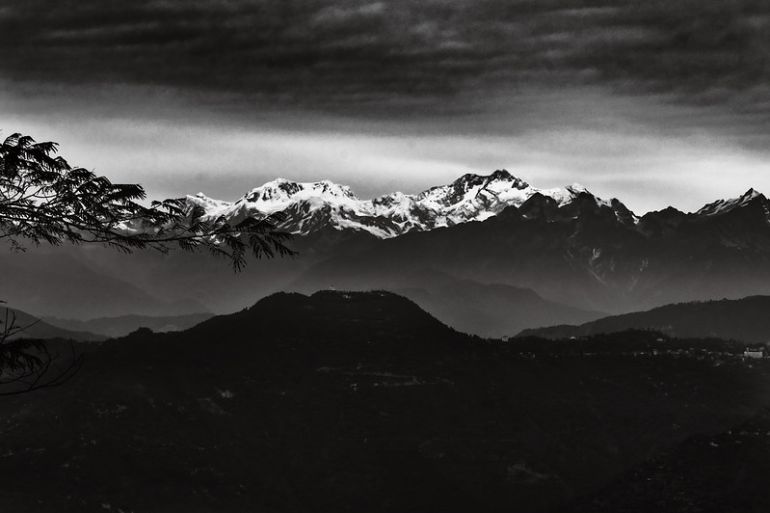
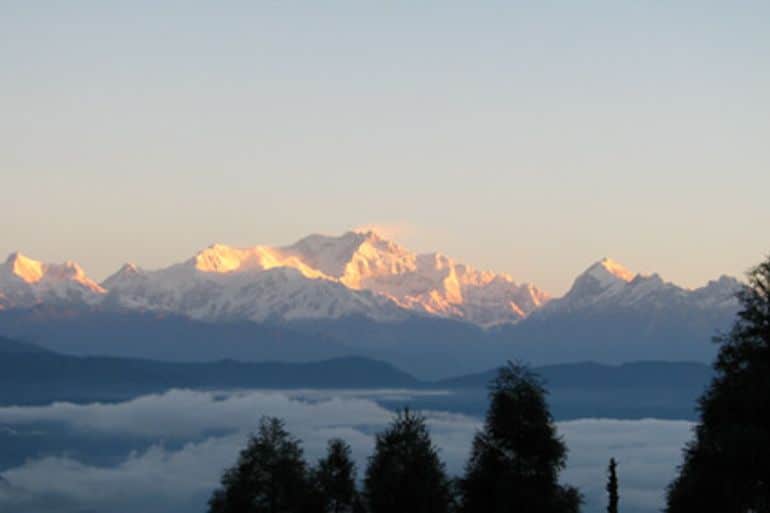
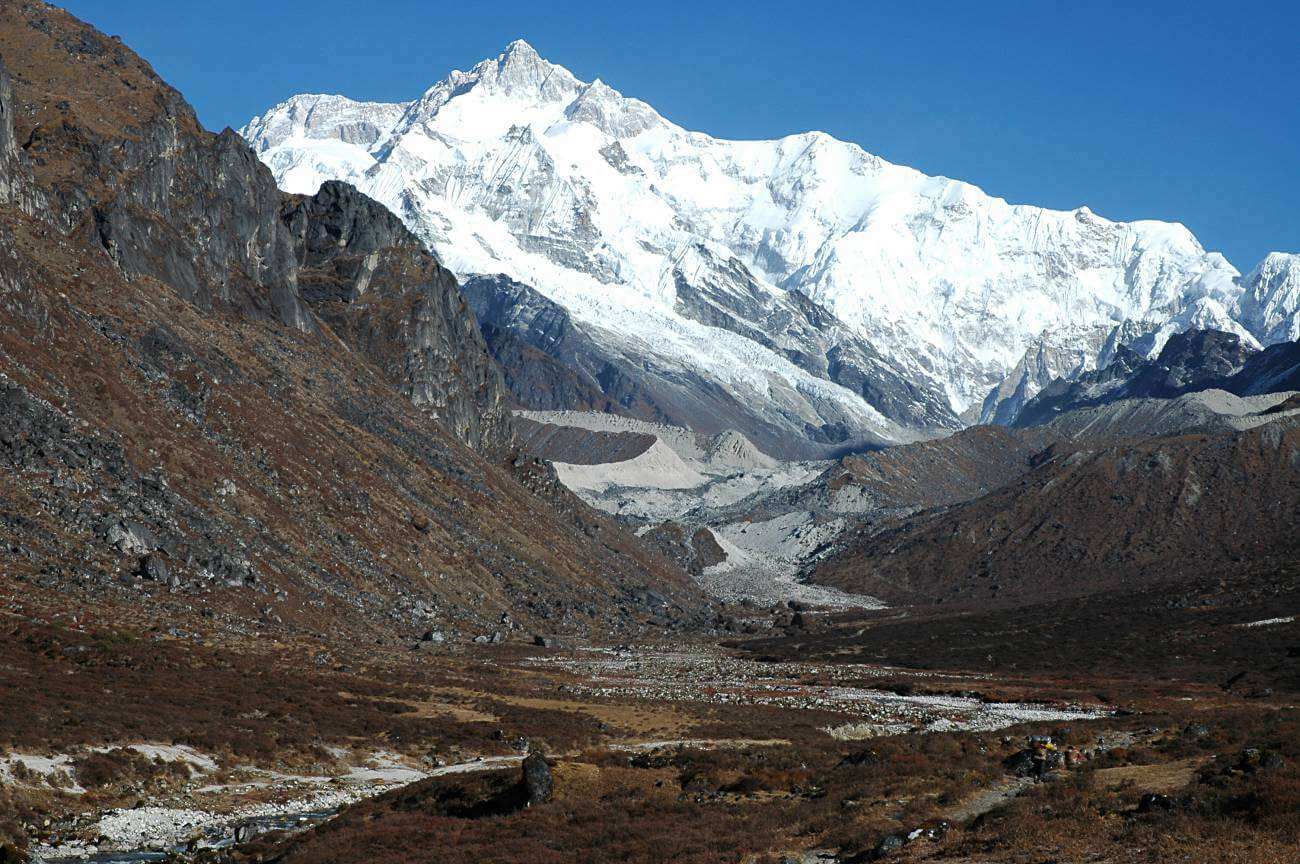
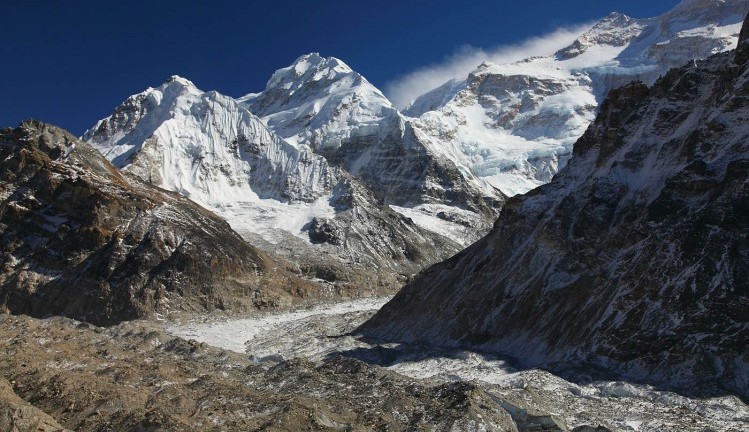

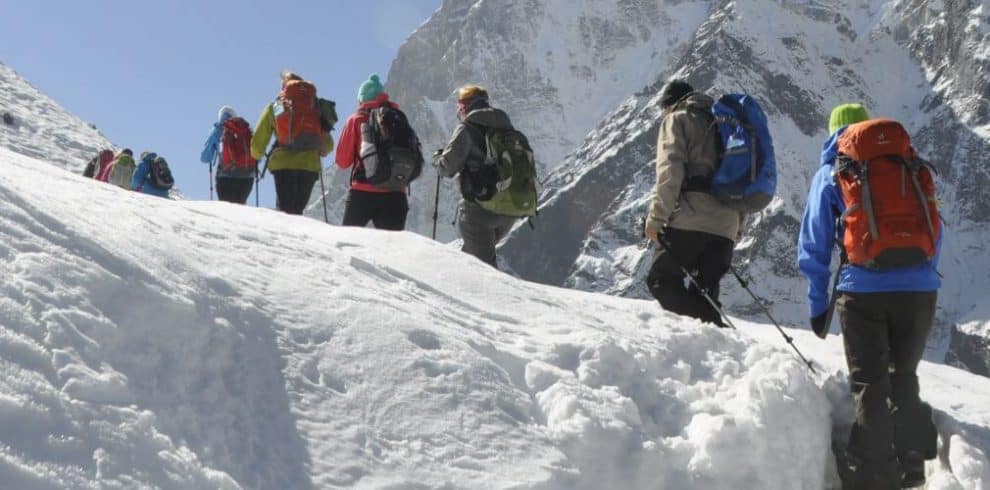
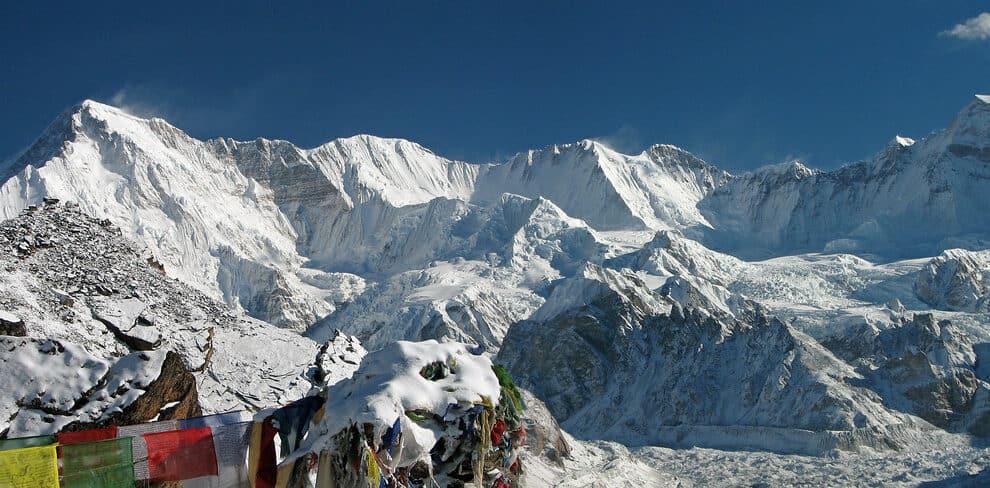
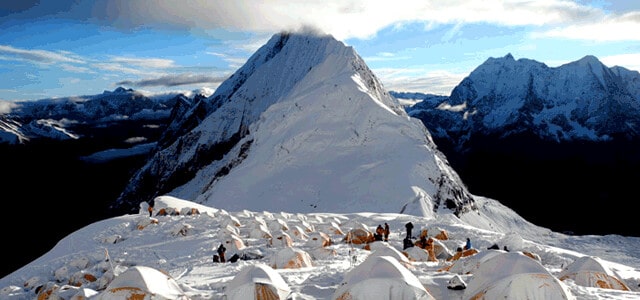
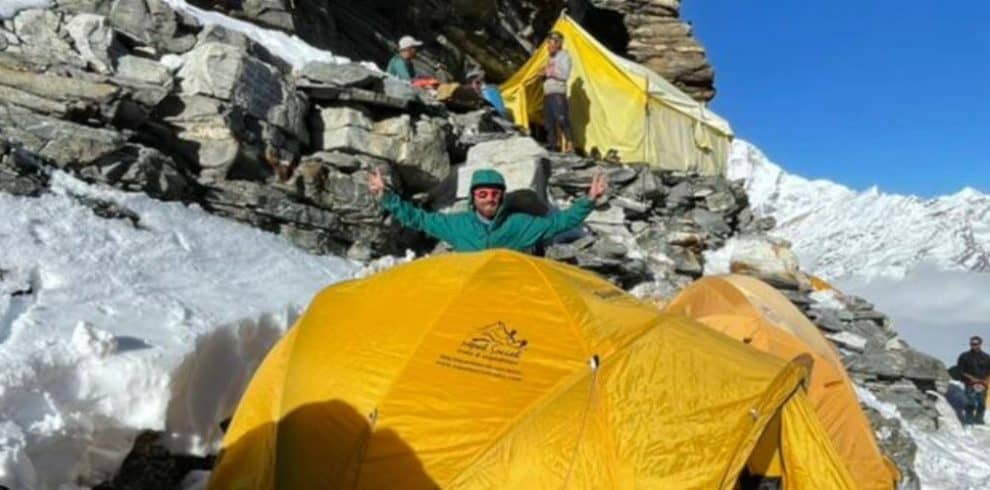
Write a Review